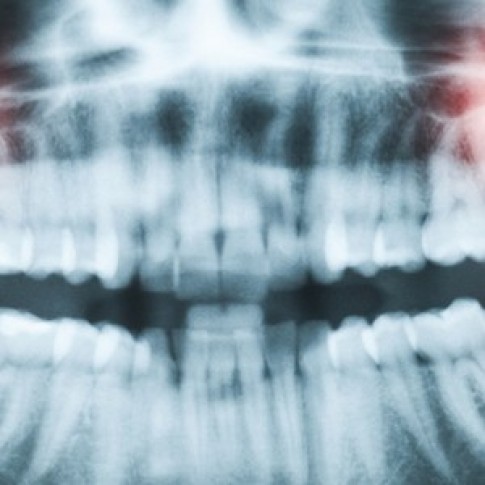Removing a wisdom tooth is a surgical operation. Removal is necessary due to the fact that the teeth erupt in complications and often do not respond to treatment.
. The wisdom tooth not needed to be removed when:
1. The tooth erupts without problems and immediately occupies the right position in the gum
2. The wisdom tooth has a properly erupting tooth antagonist
3. The tooth does not interfere with the installation of dental structures
Cases when wisdom tooth extraction is necessary:
1. If the mucosa around the wisdom tooth is inflamed and swollen
2. If the tooth is incorrectly located in the gums, there is no way to chew the food. It can injure the mucous or the adjacent tooth
3. If there is no room for his eruption in the jaw
4. If, during eruption, a wisdom tooth can destroy an adjacent tooth
Removing an un-erupted wisdom tooth:
Sometimes around such a tooth may begin an inflammatory process. The main signs are earaches and fever. The gum is cut to access the tooth. The is then removed and then the gum is closed for healing
Removing erupted wisdom tooth:
1. Simple removal: It does not differ from the usual tooth extraction except for after the removal. After the removal of the tooth, large holes remain that require suturing, if the socket from the wisdom tooth extraction is removed, it heals much faster
2. Complex removal: If the wisdom tooth is hard to access, it is firmly seated in the jaw. If it were to erupt in the wrong direction or not erupt at all, then a complex removal is required (With cuts, the application of the drill and the mandatory application of a seam on the wound
· Do not eat 2 hrs. after the intervention
· For 2 hrs. do not smoke
· During the day, do not take hot food to prevent bleeding from the hole or incision
· Do not eat rough or spicy food for 3 days

